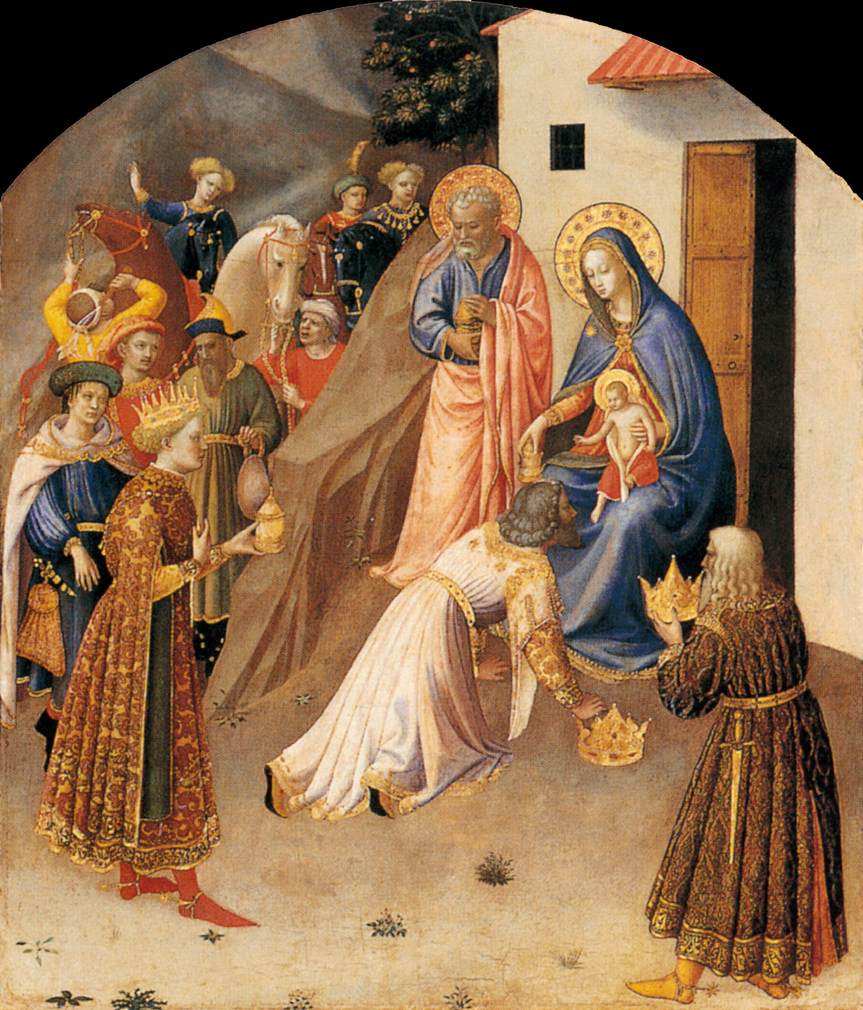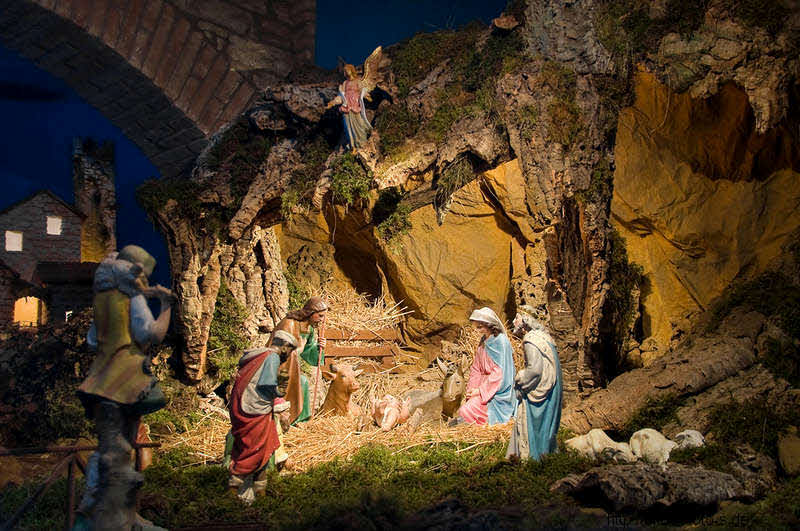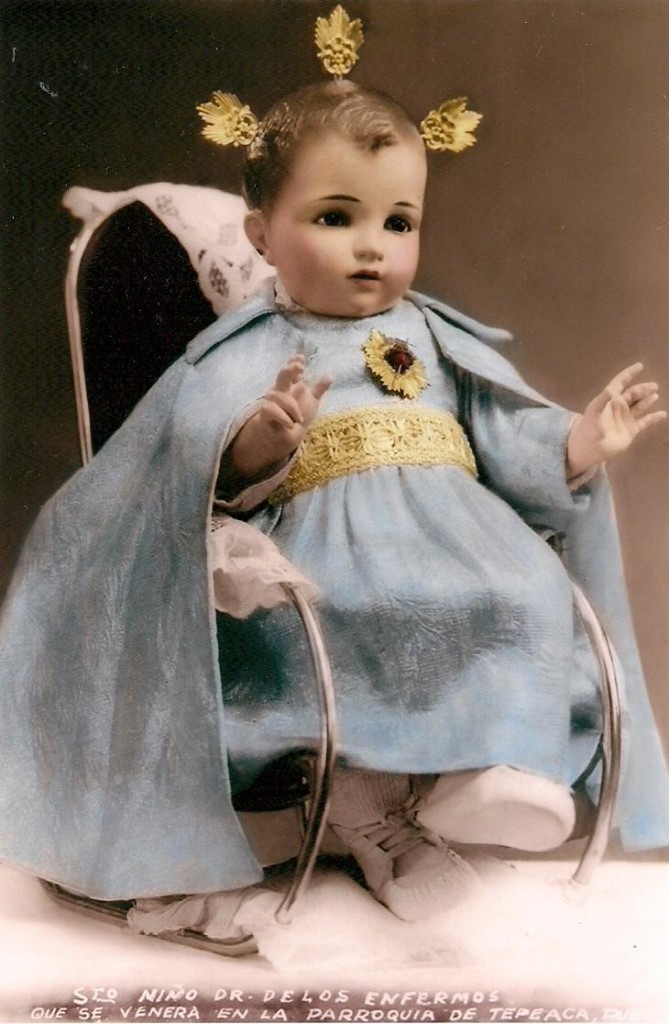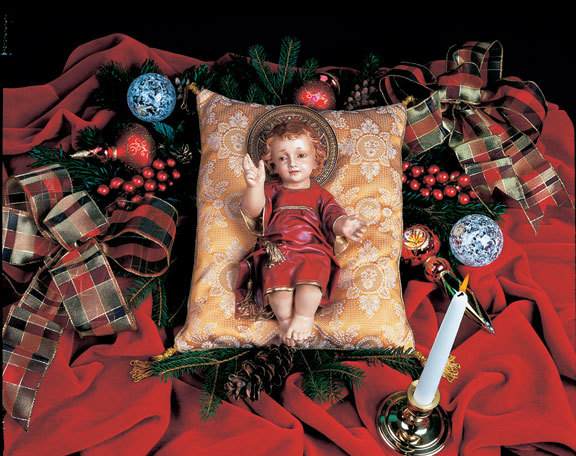by Plinio Corrêa de Oliveira
In the moral order, the world is composed largely of sinners, selfish creatures who live not to serve God, but to please themselves. These self-serving souls comprise the vast majority of mankind, especially in times of decadence – as were the days of Our Lord, as are our own.
In their selfishness, such men strive to gratify their disordered love of worldly riches, worldly delights, and worldly honors, as Saint John, the beloved Apostle, describes them. By worldly riches, he means the avarice of those who, in a frenzy, seek what they regard as a great fortune. These grasping Midases are so attached to the possession of money that often they do not take advantage of what they have, living in an obscure, banal, and even miserable state. Worldly delights denote the pleasures generated by the senses, that is, taste, sight, touch, sound, and smell. They, sensual pleasures above all, are ultimately everything agreeable and pleasing that a life of luxury may provide. In seeking worldly honors, man desires the exaggerated consideration of others, striving to be the object of great homage and adulation, in a word, to have prestige.
 When man does not seek after God, he elects one of these three pleasures as his ultimate end. In him there exists an ontological unity that translates into a unity of objective. Thus, human egoism tends necessarily toward one of these three poles. For a time, some determined souls may strive for all three – worldly riches, delights, and honors – but having sampled each, they ultimately make one their life’s goal.
When man does not seek after God, he elects one of these three pleasures as his ultimate end. In him there exists an ontological unity that translates into a unity of objective. Thus, human egoism tends necessarily toward one of these three poles. For a time, some determined souls may strive for all three – worldly riches, delights, and honors – but having sampled each, they ultimately make one their life’s goal.
As Saint Ignatius teaches, God wished to educate man through the birth of His Divine Son. The circumstances of His birth show that worldly riches, delights, and honors are nothing compared with the supernatural treasures, joys, and grandeur of God. 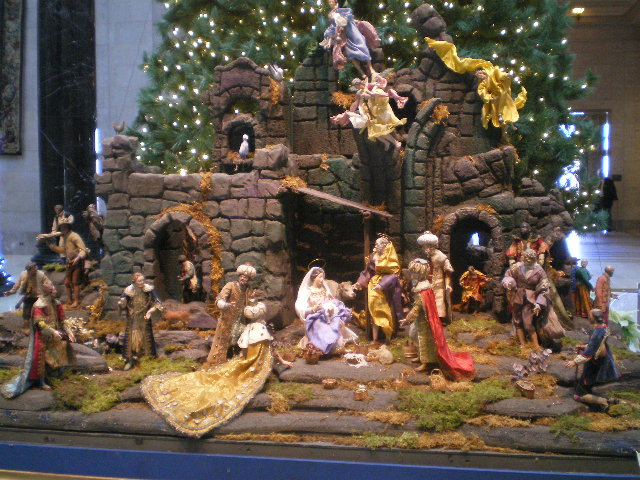
Vanity of worldly riches
God, Who is infinitely rich, came to earth in poverty. In the stable of Bethlehem, Our Lord Jesus Christ, Omnipotent Lord of all, eloquently instructs us regarding the vanity of worldly riches. He chose the poorest place imaginable for His birthplace – a manger. Wrapped in swaddling clothes by His Mother, the Holy Babe was sheltered in a stable made for beasts.
Through His birth in such impoverished circumstances, the Word of God made evident the indifference with which we should regard this world’s riches. Used rightly, money may contribute to passing and imperfect happiness, but all too frequently it is the cause of suffering, anguish, and even tragedy.
The Holy Family sought, first and foremost, to obey the Divine Will in all things, in this receiving a hundredfold here on earth, as promised in the Gospel (Matt. 19:29). In man, a virtuous life generates supernatural happiness and often natural happiness as well – happiness so incommensurably more valuable than worldly riches that it inspired Saint Francis to confide the following to Brother Masseo:
“My dear companion, let us beg Saints Peter and Paul to teach us to possess the immeasurable treasure of holy poverty; for it is a treasure so divine that we are not worthy of possessing it , considering that it is a celestial virtue, by means of which earthly and transitory possessions are trampled underfoot and by means of which every obstacle retreats before the soul, so that the soul may be freely united with the eternal God. This is the virtue that permits souls on earth to converse with angels in Heaven. This is the virtue that accompanied Christ on the Cross, with which Christ was buried, the virtue with which He resurrected and ascended into Heaven. It fascinates souls in this life and gives them wings to carry them to Heaven in the next, for it bears the marks of humility and charity” (The Little Flowers of Saint Francis, Part 1, no. 13).
Disdain of worldly delights
Our Lord could have ordered the angels to embellish the Holy Grotto with the most delicate silks, the most aromatic perfumes, and the most celestial symphonies. He could have enjoyed every legitimate material delight from the first moment of His human life. Instead, He chose the very opposite. His delicate body lay not on soft silk, but on coarse straw. His crib was a feeding trough which, however diligently scoured by Our Lady, did not exude the sweet smells of exquisite perfumes. Born at midnight in the depth of winter, the Holy Infant trembled in the cold night air, warmed only by the breath of beasts. His cradlesong was the lowing of cows. Thus, Our Lord Jesus Christ showed us how foolish it is to make this world’s delights the end of our lives. To the contrary, Christ taught us to disdain them for the glory of God and the good of souls, in the measure that they distract and even deviate us from our ultimate end, the eternal delight of unending life with Him.
Emptiness of worldly honors
Our Lord wished to deprive Himself of everything that might serve as a symbol of worldly prestige. While Jesus was born a Prince of the Royal House of David, that house had lost its power and prestige in the eyes of the world. Indeed, Christ the King was born an outcast, for none would shelter Our Lady who bore Him within Her womb; Saint Joseph had knocked on door after door, only to be sent away. The Child Jesus demonstrated the vanity of those who seek only to be seen in the eyes of the world.
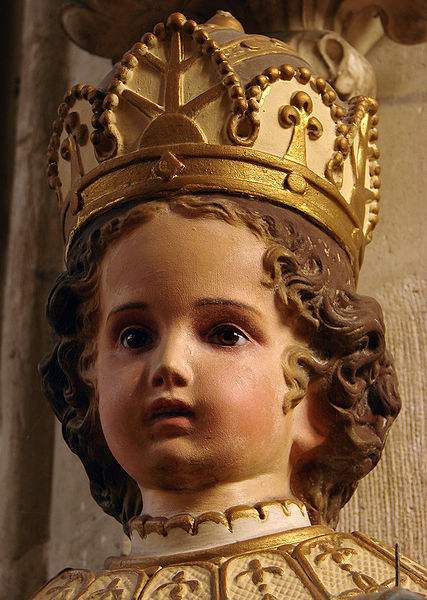
Photo of the statue of Infant Jesus of Prague in Our Lady Church in Joinville, Haute-Marne, France by Vassil.
True grandeur
Let us now take a moment to contemplate the grandeur and majesty of the Child Jesus and His Most Holy Mother.
Imagine the Holy Grotto of Bethlehem, lofty and spacious as a cathedral. Its rustic stones transcend their lack of architectural definition, bringing to mind the vaults of a magnificent basilica. The cradle of the Infant Jesus lies beneath the point where several of the embryonic arches, crafted by nature, come together.
In heralding the birth of her Divine Son, the Archangel Gabriel said to the Blessed Virgin Mary: “He shall be great, and shall be called the Son of the Most High; and the Lord God shall give unto Him the throne of David His father; and He shall reign in the house of Jacob forever” (Luke 1:32-33)
Within that grotto lay a Baby, fragile yet omnipotent, the King of Heaven and Earth, God-made-Man. From the first moment of His conception within the maternal cloister, He possessed grandeur and power infinitely superior to that of any man who has ever lived – of all men from the beginning to the end of time. Incomparably more powerful than Alexander the Great, Charlemagne, or Napoleon, or any and all of the mightiest armies known to man; immeasurably wiser than King Solomon, Saint Thomas the Angelic Doctor, and the hosts of human genius; within that grotto lay a Child whose every expression reflected divine majesty, ineffable holiness, utter wisdom, and limitless power.
Enchanted, let us consider the perfections mysteriously expressed in the fair countenance of the Child Jesus. One moment, He reveals His Divine majesty. In another, a resplendent light shines forth from His eyes – the windows of His soul. He inspires sinners to convert – to repent and confess their sins – while He attracts them through the intimacy of His love.
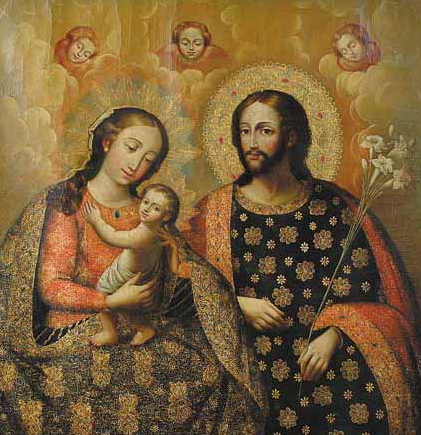 The German mystic Anne Catherine Emmerich thus describes a vision she had of the Nativity:
The German mystic Anne Catherine Emmerich thus describes a vision she had of the Nativity:
“I saw Our Lord as a very little child, resplendent, whose brilliance surpassed that of every light in the grotto, lying upon the floor, before the knees of Mary. It seemed to me that He was very small and grew larger before my eyes. Then I saw Angels in human form all about, prostrate in adoration before the Child” (The Life, Passion, and Glorification of the Lamb of God).
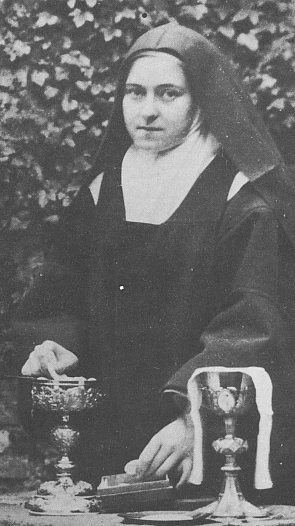 It is said that as a child, Saint Thérèse of the Child Jesus had such a stately bearing that her father called her “my little queen.” During the process of her canonization, the gardener of the Carmel testified that he came unobserved upon one of the nuns working and recognized her as Sister Thérèse. Asked how he was able to identify her without seeing her face, he replied that it was by her majesty, for none of the other sisters was as majestic as she.
It is said that as a child, Saint Thérèse of the Child Jesus had such a stately bearing that her father called her “my little queen.” During the process of her canonization, the gardener of the Carmel testified that he came unobserved upon one of the nuns working and recognized her as Sister Thérèse. Asked how he was able to identify her without seeing her face, he replied that it was by her majesty, for none of the other sisters was as majestic as she.
What then could we say of Our Lady, Queen of Heaven and Earth? Let us contemplate the Most Holy Virgin, the masterpiece of Creation, most majestic and pure, praying to her Divine Infant, as an angelic chorus intones anthems of adoration. Touched by the Holy Family, the ambience of that humble stable transcends the grandeur of the most refined court.
Approaching a scene so sacred, we revere the Christ Child, and in Him adore all that is beautiful, noble, and holy. We prostrate ourselves before the Divine Incarnation. The perfect model of all created grandeur, which is but a mere reflection of His Infinite Majesty, the God-Man attracts every form of sanctity, while repelling sin, error, and chaos. He does not reject but rather embraces the humble and contrite sinner. He beckons all who seek Truth and who have Faith.
